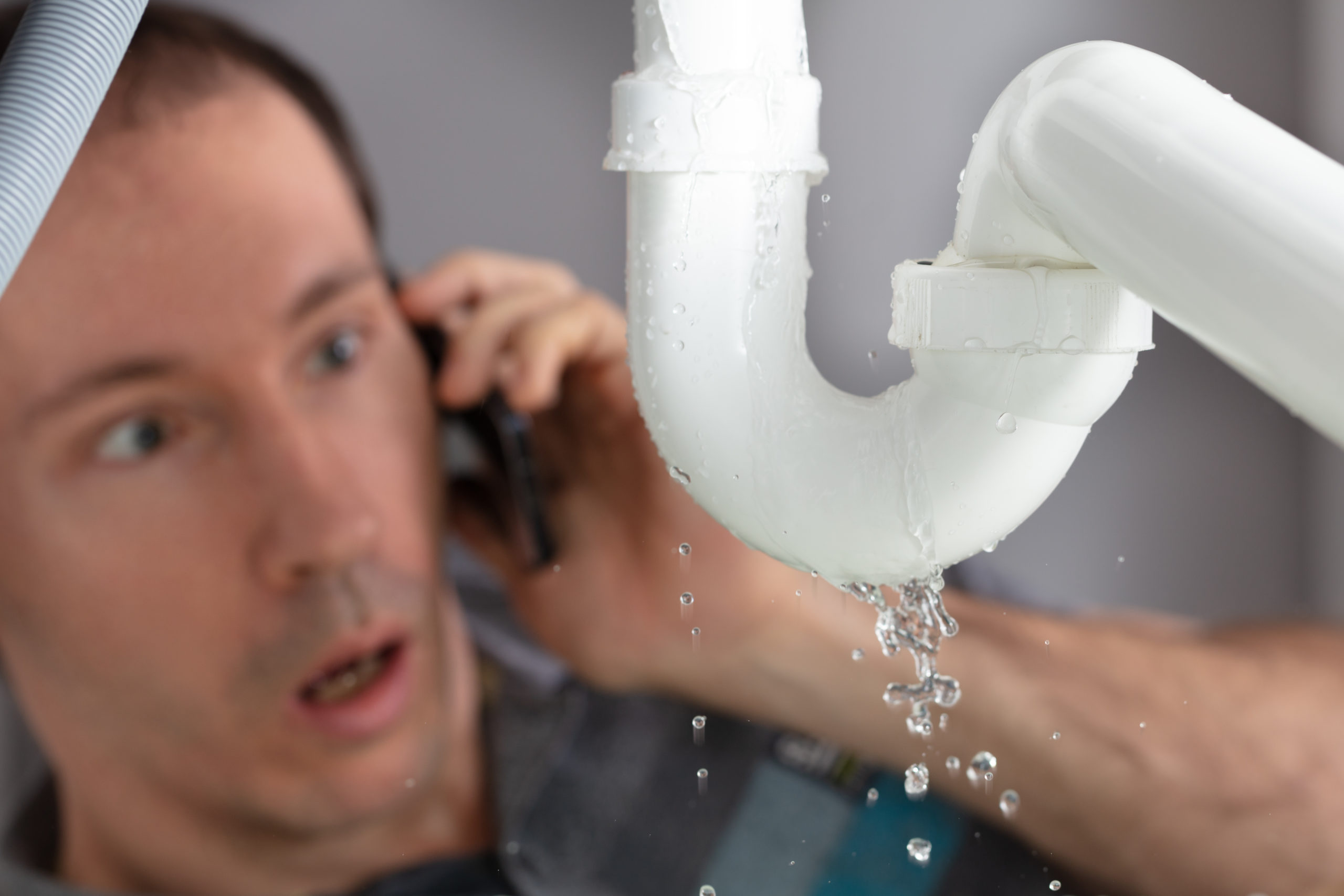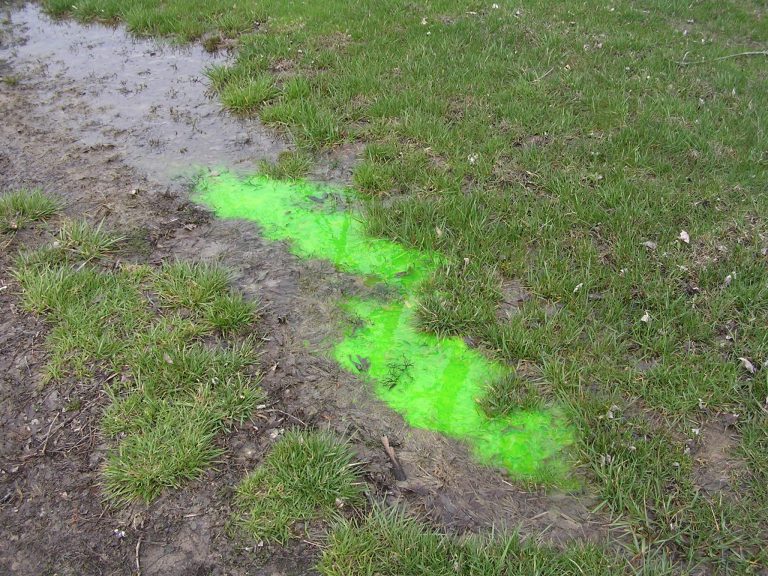Septic Dye Testing
%
One-fourth of all homes in America Have Septic Systems
A Septic Dye Test is a non-invasive procedure used to determine the condition of the components of a home’s waste system. To conduct this test, a fluorescent dye is introduced into the septic system, which is traced to ascertain that the septic system can handle the volume of waste currently being put through it. The septic dye test can expose obvious leaks, broken pipes, inadequacies in the drain field, and a number of other issues. All of these conditions indicate that the septic system requires repairs or alterations.
A septic system failure causes untreated sewage to be released from the system before it is filtered, causing unhealthy conditions. Raw sewage can rise to the surface from the underground pipes, connections, and septic tank and leach into the drain field. The sewage could also get into groundwater, surface water, or marine water without visual detection. The sewage carries pathogens and other dangerous contaminants. Exposure to raw sewage pathogens and contaminants can make people and animals sick. Sewage leakage can also contaminate water sources and make them unsafe for drinking, swimming, bathing, and home usage.

Septic Dye Test Is A Critical Part Of Maintenance
A septic dye test is considered to be part of a routine maintenance inspection of the septic system and can detect unhealthy sewage leaks. The procedures are non-invasive, require no excavation, and are generally limited to what can be viewed above the ground surface. The septic dye test is intended to be a visual, non-intrusive inspection of the septic system. The individual parts that are included in this inspection are the septic tank itself, distribution boxes, drain field, and any related portions of the home’s plumbing system. This type of septic inspection should be performed by a home inspector or licensed plumber, and in most cases will satisfy any requirements set forth by lenders as related to financing.

Septic System Warning Signs
Nearly one-fourth of U.S. households are not connected to a public sewer system and have a septic system. That is more than 21 million households across the US. If you live in one of these homes and you see any of the following warning signs below, you should have your septic system tested.
- Water and sewage from toilets, drains, and sinks are backing up into the home
- Bathtubs, showers, sinks, or toilets are slow to drain
- Gurgling sounds from any of the sinks, drains showers, or toilets in the house.
- Standing water or damp spots near the septic tank or drain field areas in the yard
- Bad odors around the septic tank or drain field
- Bright green, spongy lush grass over the septic tank or drain field, even during dry weather
- Algal blooms in nearby ponds or lakes
- High levels of nitrates or coliform bacteria in well water test.

How The Test Is Conducted
The septic dye test uses a fluorescent dye solution to visually identify a problem with the septic system. The dye is flushed down a toilet or poured down a drain that is connected to the septic system being tested. The amount of dye used is determined by the size of the septic tank. If the tank size is unknown, a calculation based on the number of bedrooms is used to estimate the septic tank size. Septic tank sizes range from 500 gallons to several thousand gallons, and of course a larger septic tank will require that more dye be used.
Then, additional water is run into the system in order to flush the dye into the septic tank and then into the absorption drain field. The volume of water introduced to the system is determined by the size of the tank serving the septic system. The objective is to temporarily fill the absorption area with water containing the dye solution. A home inspector will use a formula that takes into account the size of the tank and the length of the absorption field to determine how much water to run into the system.
A lack of or improper maintenance of a septic system can contaminate groundwater supplies with E. coli, nitrates, coliform bacteria, and other pollutants. Testing and maintenance of a septic tank is very important as many of the homeowners who rely on septic systems also have private wells that provide drinking water for the home. Discharges from failed septic systems can also contaminate surface waters like lakes, rivers, and ponds, contributing excess nutrients that can cause toxic algal blooms and other water quality problems.
Continued Inspection and Maintenance of the Septic System
It is extremely important that septic systems are maintained and inspected to protect the public health and the environment. The State of Tennessee and the United State Environmental Protection Agency (EPA) recommend you have your septic system inspected at least every 3 years by a professional and your tank pumped generally every 3 to 5 years. The State of Tennessee and EPA also recommend that you should have your well water test annually.
Septic System Dye Test Cost
The cost of a septic dye test is very minimal. We generally charge a couple hundred dollars to do this test. If you are having a Home Inspection conducted by Bent Nail Home Inspection Services and you need a Septic Dye Test, we offer a substantial discount from our normal testing services pricing. We can offer this discount as we are already on site to do other work. At Bent Nail, we handle Septic Dye Tests in Knoxville, Oak Ridge, Maryville, and the surrounding areas of East Tennessee.
If you are scheduling the Bent Nail team for a Home Inspection, let us know and we can also schedule you Septic Dye Testing service. Please don’t think that you have to have a Home Inspection to have your septic system tested. Bent Nail offers testing services for septic, well water and Radon outside of a home inspection. Contact us today, and we can schedule a time to test your septic system to ensure that it is working correctly and not releasing harmful and dangerous materials into the environment.
Additional Resources
United States Environmental Protection Agency (EPA)
Tennessee Department of Environmental Conservation
